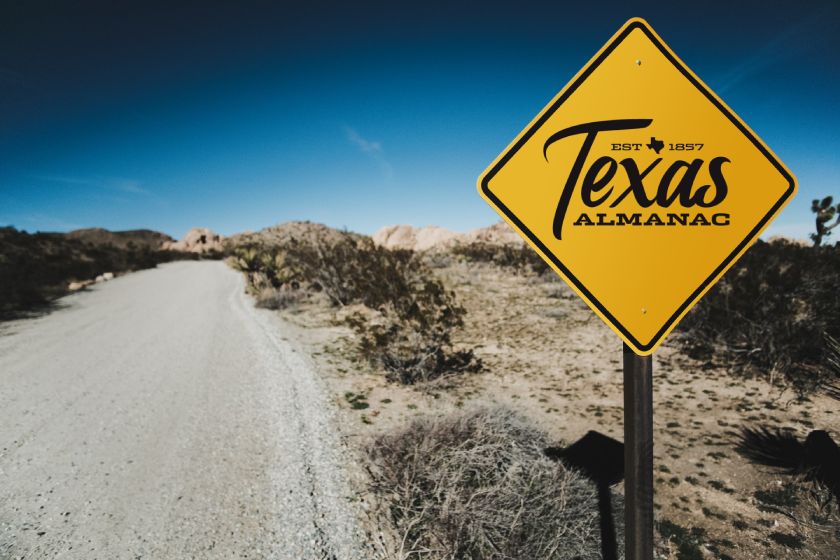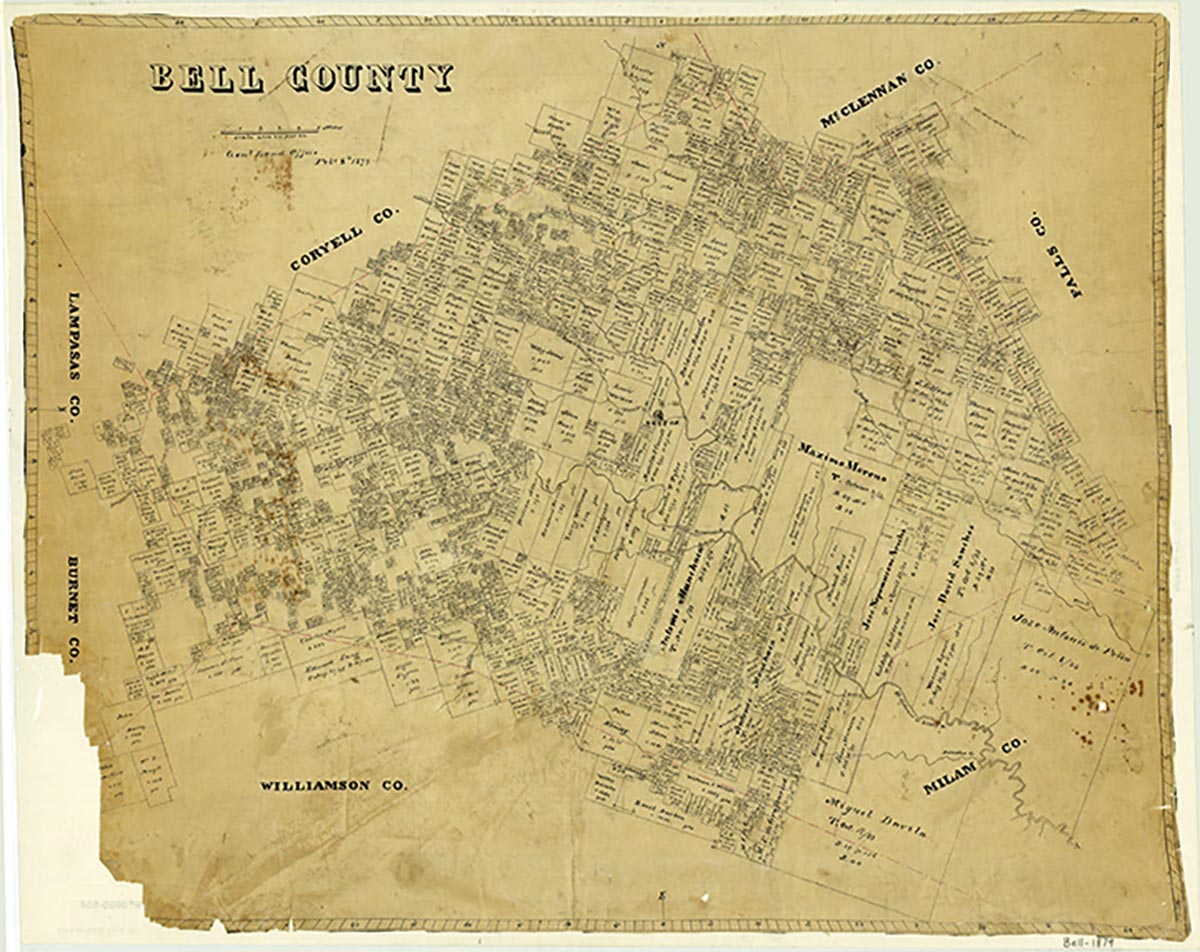Temple
Temple is at the intersection of Interstate Highway 35 and State highways 53 and 95, in northeastern Bell County thirty-six miles south of Waco and sixty-seven miles north of Austin. In 1880 Jonathan E. Moore sold 187 acres of his land to the Gulf, Colorado and Santa Fe Railway to use for a construction camp. The site was called Temple Junction by the railroad company, in honor of Bernard Moore Temple, chief engineer of the railroad; local residents called the community Mud Town or Tanglefoot. When a post office was established there in January 1881, the official name became Temple. The Gulf, Colorado and Santa Fe held a sale of town lots in June 1881; there was a nucleus of railroad workers to begin with, and stores went up rapidly. In 1882 the Missouri, Kansas and Texas line was built through Temple, and the Santa Fe made the town a division point. The railroad shops added several hundred to the community population, which included doctors, lawyers, and merchants. Temple was incorporated in 1882, and by 1884 its 3,000 residents were served by three churches and a school, as well as two banks, two weekly newspapers, an opera house, a waterworks, and a wide variety of other businesses. The Santa Fe Hospital (see SCOTT AND WHITE SANTA FE CENTER) was established in Temple in 1891, King's Daughters Hospital in 1897, and Scott and White Hospital in 1904 (see SCOTT AND WHITE MEMORIAL HOSPITAL), making Temple one of the leading medical centers in the Southwest. Because of its railroad interchange and its medical facilities, it became the largest city in the county. Around 1900 it reported 7,065 residents; by 1930 this number had more than doubled, to 15,345. Local residents made several attempts to have the county seat moved to Temple from Belton, but these efforts failed. An interurban rail line, in operation between Temple and Belton from 1905 to 1923, helped facilitate travel to the county seat.
Businesses established in Temple included the American Desk Company (in 1921) and a Coca-Cola bottling plant (1925); Temple Junior College opened in 1926. The Great Depression interrupted the town's steady growth, but the 1940s brought another wave of new residents. Between 1940 and 1960 the population nearly doubled, rising from 15,344 to 30,419. In 1942 the Veterans Administration opened a new hospital in Temple, adding another dimension to the local medical facilities. The Temple area became a convenient place for military personnel to move to for their retirement. By the 1970s Temple manufactures included furniture, shoes, insulation, cottonseed products, electronic products, plastics, clothing, optical supplies, woodwork, and livestock and poultry feed. In addition, Temple had a substation of the agricultural experiment station system (see TEXAS AGRICULTURAL EXPERIMENT STATION) and was the site for the state offices of the United States Soil Conservation Service. The city's population had risen to 42,483 by 1980 and to 49,851 by 1990. It decreased slightly in the early 1990s, to 46,109. By 2000 the population had surpassed the 1990 population and increased to 54,514. The Killeen-Temple metropolitan statistical area reported a population of 255,301 in 1990. That figure had grown to 312,952 by 2000.
Vivian Elizabeth Smyrl | © TSHA

Adapted from the official Handbook of Texas, a state encyclopedia developed by Texas State Historical Association (TSHA). It is an authoritative source of trusted historical records.

- ✅ Adoption Status:
- This place is available for adoption! Available for adoption!
- Adopted by:
- Your name goes here
- Dedication Message:
- Your message goes here
Belongs to
Temple is part of or belongs to the following places:
Currently Exists
Yes
Place type
Temple is classified as a Town
Associated Names
- [-Junction]
- (Mud Town)
- (Tanglefoot)
Location
Latitude: 31.10265880Longitude: -97.37773300
Has Post Office
Yes
Is Incorporated
Yes
Population Count, 2021 View more »
85,416
Places of Temple
| Place | Type | Population (Year/Source) | Currently Exists |
|---|---|---|---|
| College or University | – | Yes |

Proud to call Texas home?
Put your name on the town, county, or lake of your choice.
Search Places »

